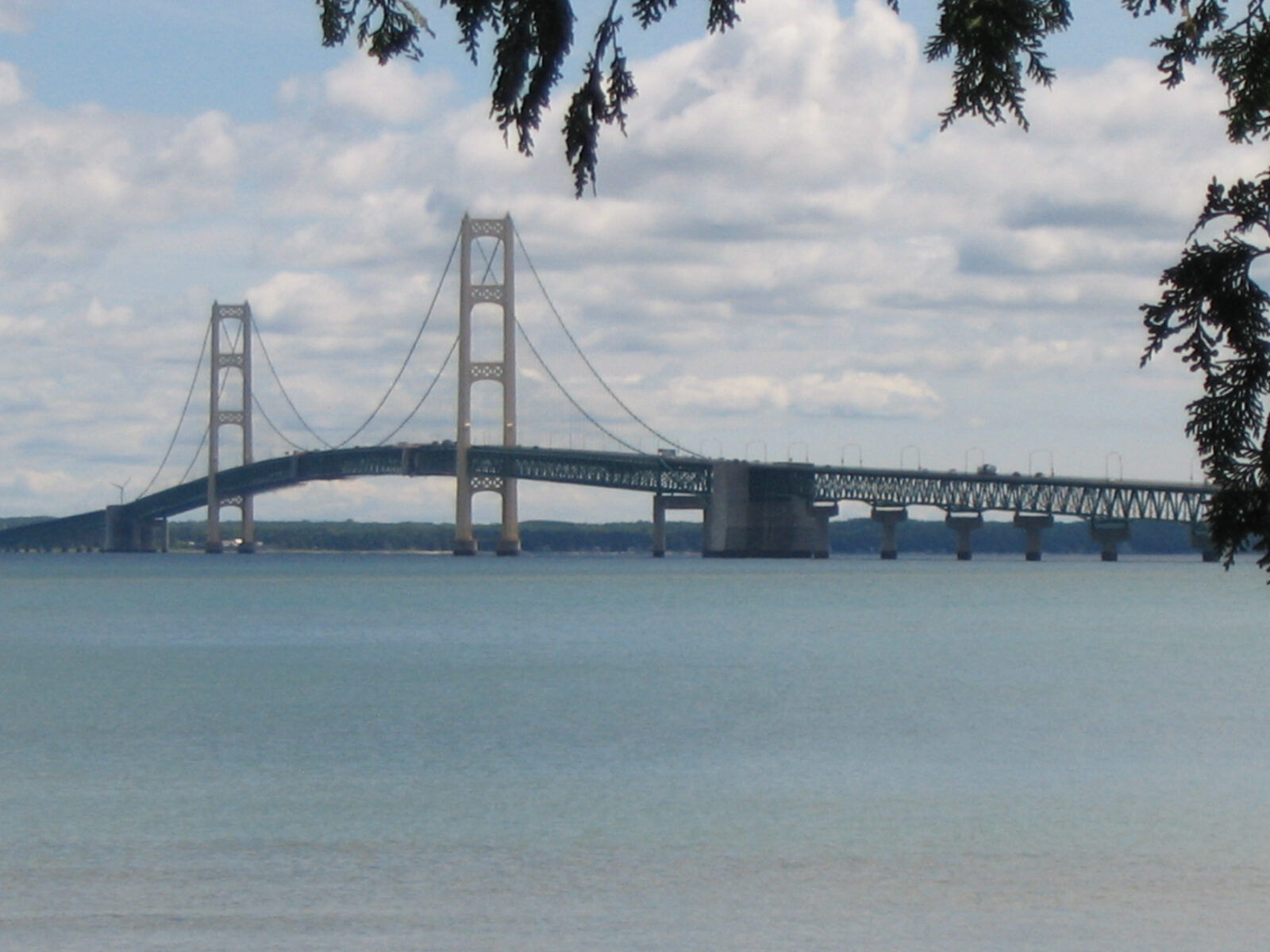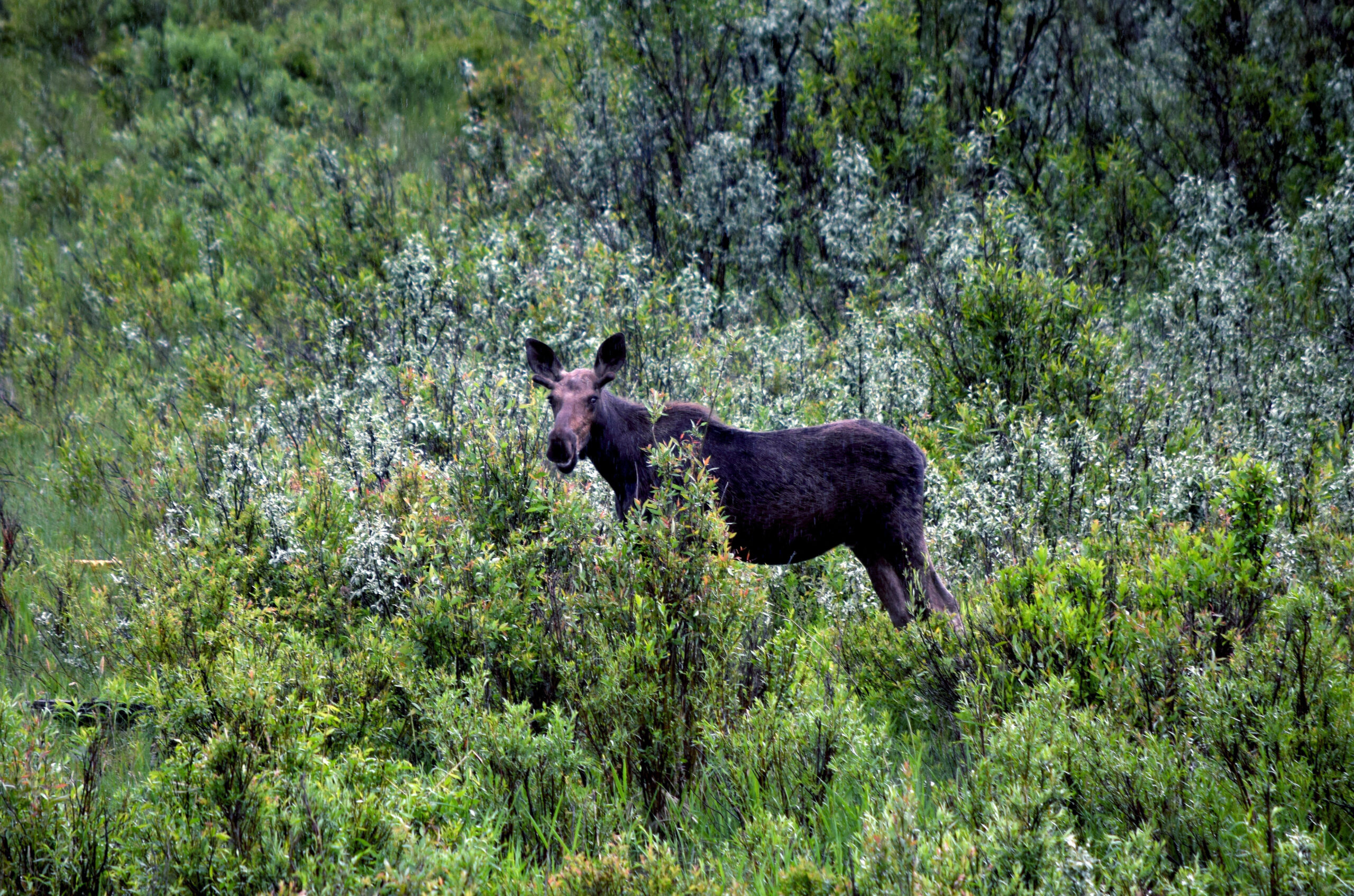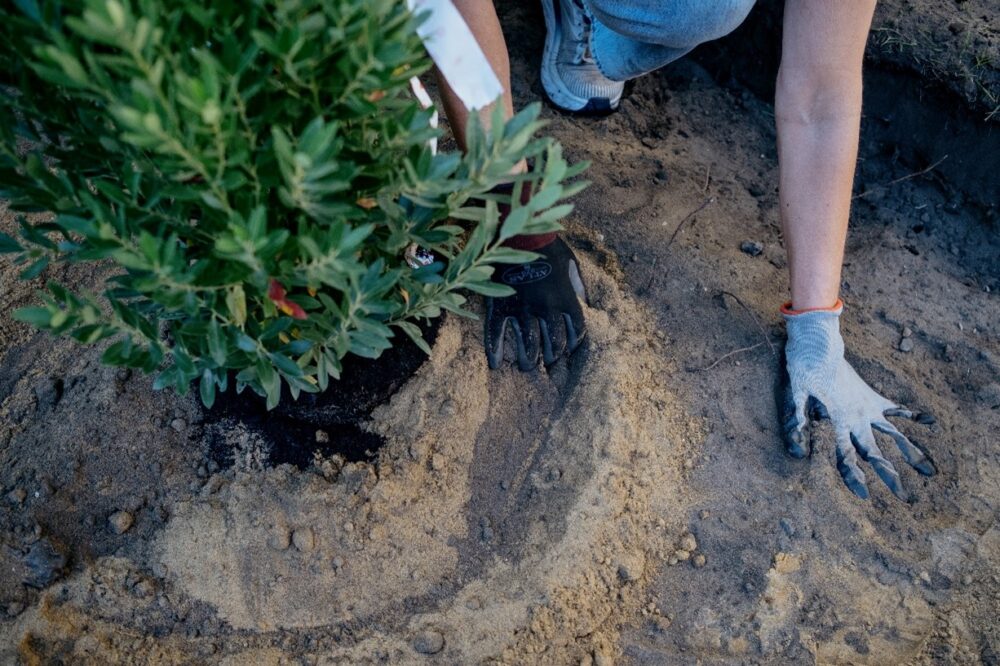We have much more to do and your continued support is needed now more than ever.
Blurred Tunnel Vision: Enbridge’s Risky Line 5 Expansions

Recently, the Michigan Public Service Commission granted Enbridge a site permit for the plan to relocate the dangerous Line 5 pipeline into a tunnel running under the Straits of Mackinac. This clever delay tactic, disguised as a safety measure, allows Enbridge to continue profiting at the expense of environmental safety. Moreover, it masks a deeper issue: the tunnel proposal is rife with dangers, haphazardly constructed, and goes against industry expert guidance. The USACE also announced their plans to fully segment their permitting review of Line 5, including bypassing a full Environmental Impact Study for the expansion of Line 5 into the Bad River headwaters, protected under Tribal treaties.
Explosive Risk
Moving highly volatile substances like propane and crude oil through pipelines always carries a risk of explosion. Enbridge has tried to convince us that burying Line 5 deep beneath the Lakes will mitigate this risk. In fact, it makes it worse.
Geological engineer and tunnel expert Brian O’Mara has expressed irritation with Enbridge’s dismissal of the real risks. He also identified multiple potential explosion scenarios associated with the proposed tunnel. These include the risk of explosive methane entering the tunnel during construction and afterward due to groundwater pressure.
Moreover, the design of the tunnel itself poses risks, as highlighted by pipeline safety expert Richard Kuprewicz, who testified that Enbridge was downplaying the risk of explosion, saying, “When transporting these substances through a pipeline enclosed in a tunnel, the risk of an explosion is enhanced which in turn enhances the probability that the secondary containment vessel will fail.” In other words, enclosing explosive materials in a cement tube doesn’t make it less of a gamble; it makes it riskier.

Oversight Gaps
What’s alarming is the lack of comprehensive oversight in the approval process. No single agency has full accountability, leaving room for critical flaws to go unchecked. Enbridge’s track record further exacerbates concerns. Instances of pipeline ruptures, operational negligence, and environmental mishaps underscore the company’s unreliability.
Despite these red flags, Enbridge continues to push forward with its plans, driven by financial incentives. The existing Line 5 pipeline remains operational, posing ongoing risks to the environment and surrounding communities.
Safer Paths Forward
In 2024, the last thing we should be talking about is how to prop up fossil fuel investments. Michigan has committed to a 100% clean energy standard by 2040, making the tunnel project a relic of a bygone era. We know that the Lakehead System, combined with existing rail and truck options, can easily handle the excess capacity from Line 5. Relying on these alternatives would not only address the immediate safety concerns but also align with our clean energy goals.
With this tunnel plan, Enbridge is myopically gazing in the rearview mirror while the rest of us know that we can and must do better, embracing sustainable solutions that move us forward, not backward.





















